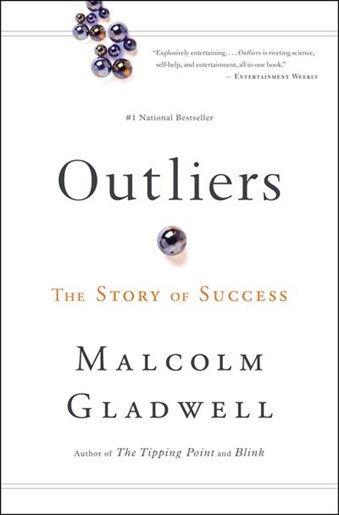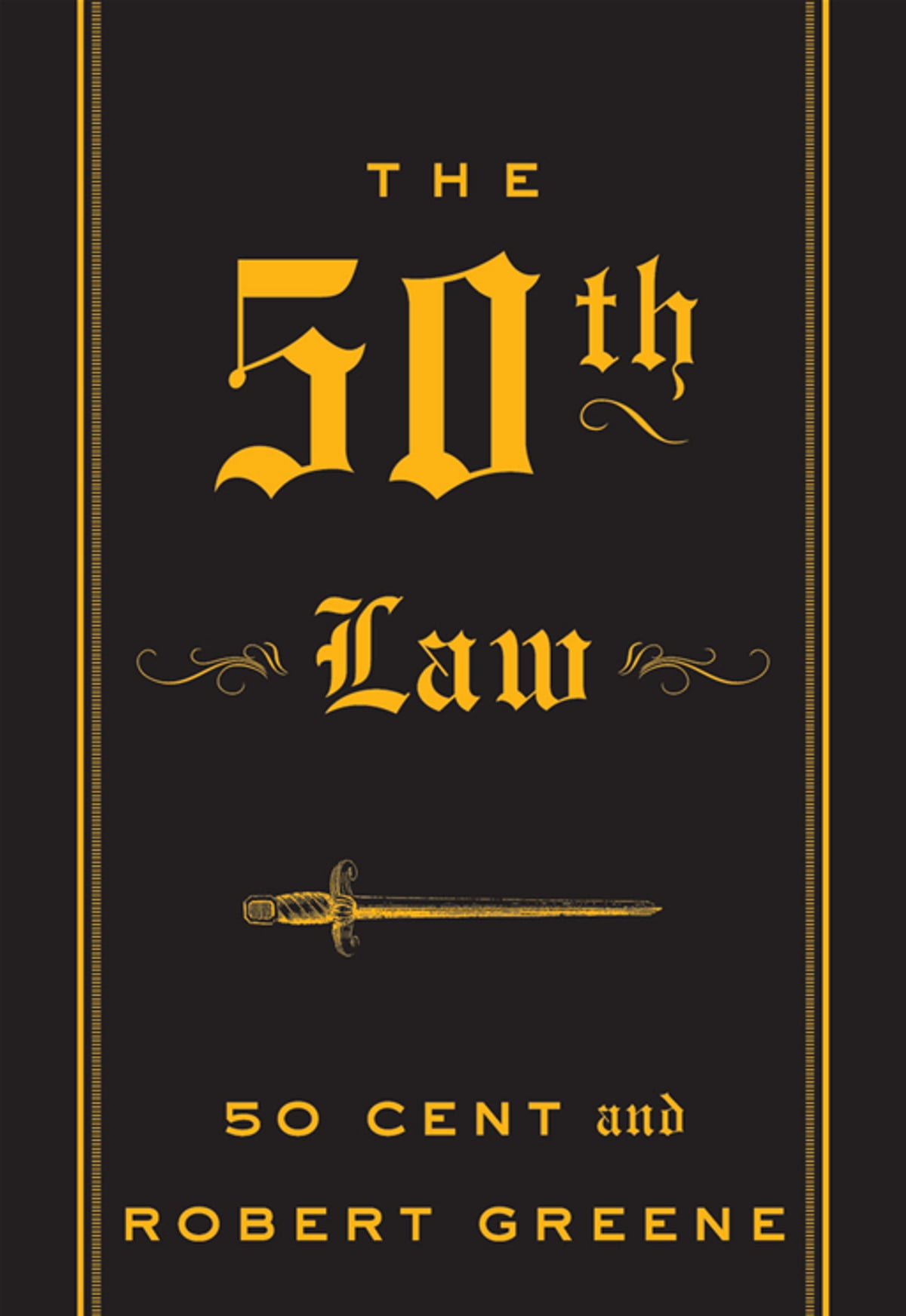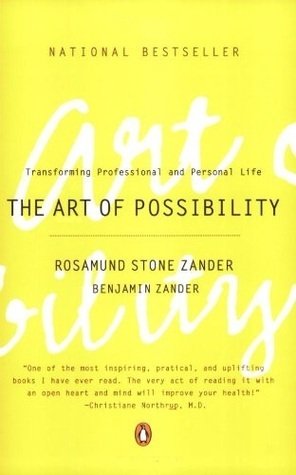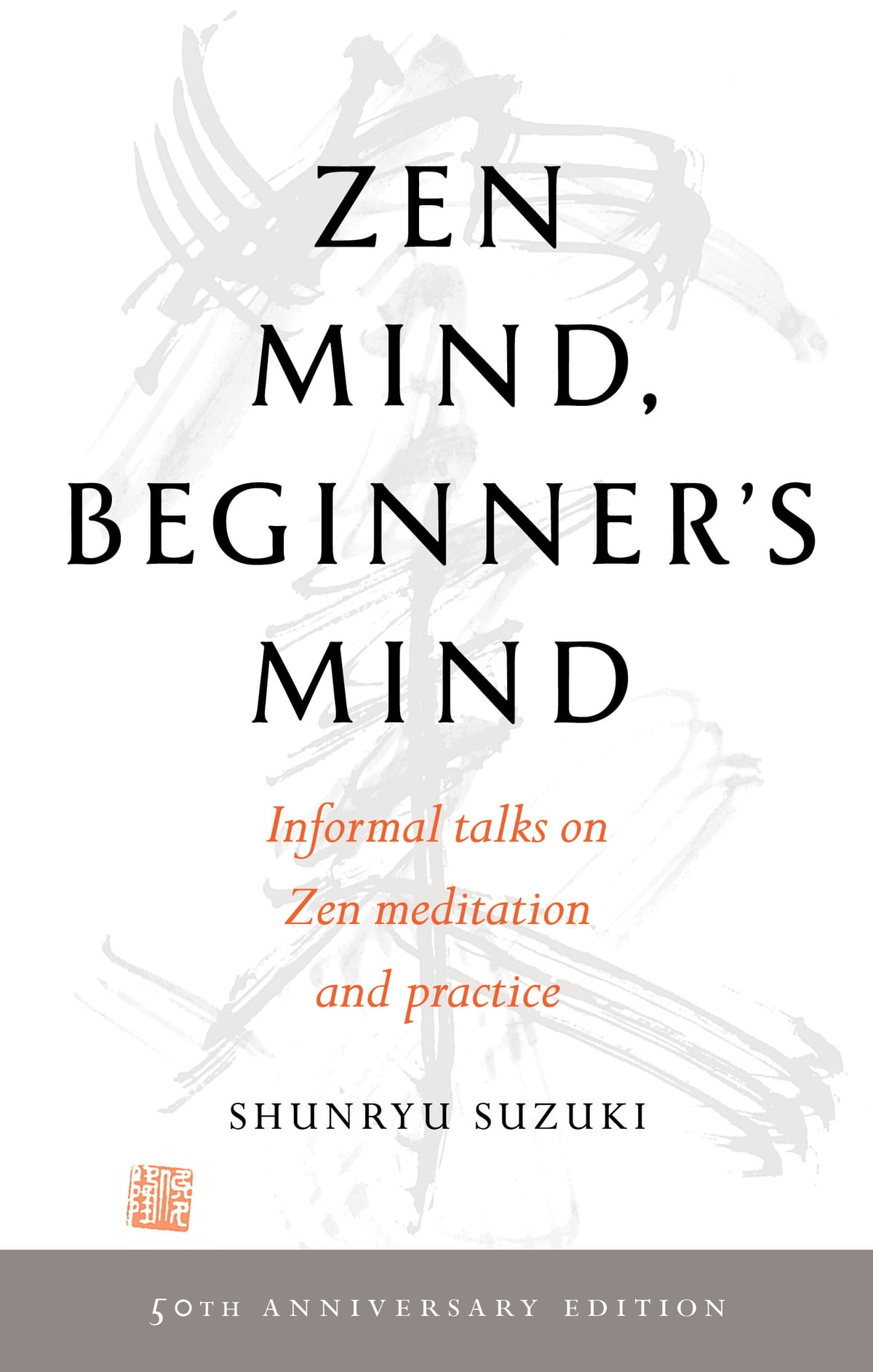Outliers
by Malcolm Gladwell
- Personal Development
- Ashto =
- Jonesy =

Outliers – by Malcolm Gladwell
Outliers looks beyond individual achievement. Gladwell is less concerned with what the people who achieve success are like, and more interested in where they come from, who their parents are, and what opportunities they are afforded.
What seemingly arbitrary fact is common amongst the top Canadian Hockey players? Why are all of today’s software billionaires born between 1954-1956? Why did Jews dominate to New York legal landscape in the 1980s, when they struggled to get jobs in the prior decade? Why are Asians so good at math??
Gladwell explores all this and more in his famous storytelling style – taking seemingly unrelated anecdotes and weaving them together to find uncommon commonalities.
Outliers Summary
Malcolm Gladwell introduces us to ‘outliers’, people who are doing things that are outside the bound of ordinary expectations. We’re introduced to one kind of outliers after another – geniuses, business tycoons, rockstars and more. The aim of this book was to uncover the secrets of success. Gladwell uncovers the secrets of a remarkable lawyer, looks at what separates the best pilots from the ones who have crashed planes, and tries to figure out why Asians are so good at math. In examining the lives of remarkable people he finds that, in true Gladwellian fashion, we’re looking at the world wrong and there are profound flaws in the way we make sense of success.
The dictionary definition of an Outlier will tell you that it is “something that is situated away from or classified differently from a main or related body”, or, “a statistical observation that is markedly different in value from others of a sample”. If we look at the heroes who have biographies written about them, they all follow a similarly predictable trajectory; a hero is born into modest circumstances and by virtue of their own grit or talent they fight their way to success. There is a lot of emphasis on this ‘self-made’ element. We cast aside many other factors, because we like to think that the heroes were just like us and that if we just tried a little harder we could emulate them achieve great things too. But Gladwell digs a little deeper to find some of the other factors that were narrated out of these stories of success. He wants to convince us that people don’t just rise from nothing purely on work ethic alone. A big chunk of success is owed to parenting, patronage, hidden advantages, extraordinary opportunities, cultural legacies, where we grow up and the values we grow up with. “It’s not enough to ask what successful people are like… It is only by asking where they are from that we can unravel the logic behind who succeeds and who doesn’t”.
The Matthew Effect
“For unto everyone that hath shall be given, and he shall have abundance. But from him that hath not shall be taken away even that which he hath” – Matthew, 25:29
Success begets success.
Once you have something, it’s easier to get more of it. The rich get richer. If you don’t have much of something, even more of it will be taken away from you. The poor get poorer.
Gladwell uses this analogy for opportunity and success. Those given opportunities early are able to practice and hone their craft from an early age. By improving their skills and getting better, they’ll be near the top of their cohort and then be given more opportunities for growth and development. And the cycle continues.
One example he highlights is the superstars of Canadian Ice Hockey teams. You’d think that the month you were born wouldn’t have any impact on your ability to succeed in ice hockey. If birth month isn’t a factor, we would expect a somewhat random distribution, so we would expect roughly one-twelfth of star athletes to be born in each month, and 25% born in each quarter of the year. But that stats showed something different. 40% were born in the first quarter of the year (January to March) and only 10% were born in the last quarter of the year (October to December). This is not a minor variation – someone born at the start of the year is four times more likely to ‘make it’ to the big leagues than someone born at the end of the year.
Why is this? Well, it goes back to the opportunities presented at the start of their hockey career. Going back to when the players were juniors, like in under 10s and under 12s, differences in age in boys going through puberty and development can mean big differences in their physical stature. A boy who turns 12 in January is almost a full year older than a boy who turns 12 in December, yet they will play in the same ‘Under 12s’ team. The January boy, on average, is going to be bigger and stronger than the December boy. And at 12 years of age, when the overall skill levels are still very low, size becomes an incredible advantage. The older, bigger, stronger boys are going to look like better players. So they get picked for the district representative teams. They get extra training and practice with better teammates and better coaches. The best of these get picked for the state teams and the national teams, getting more and more training with stronger and stronger peers and better and better coaches and trainers. All of these extra opportunities compound over months and years.
Gladwell calls this an “accumulative advantage”. Some players start out a little better, then this initial difference leads to better opportunities early on, which makes them even better still, and a continuous upward spiral persists until they become standouts. It becomes a self-fulfilling prophecy: the bigger stronger kids that were picked because they looked like they were better players eventually become better players by virtue of all of the additional training and opportunities they were given.
The ‘10,000 Hours’ Rule
Anders Ericsson wanted to study peak performers. The was a long-held belief that “achievement is talent plus preparation’, but the more you look into it the more you realise that innate talent matters very little and achievement really comes down to preparation. In Ericsson’s study, he looked at violinists. Looking at their performance and achievement in their career, you could group the violinists into three buckets: the above average, the very good, and the superstars. Those that were ‘above average’ and went on to become respected violin teachers had clocked up 4,000 hours of practice. The ‘very good’ players racked up 8,000 hours. The ‘superstars’ were practicing 6 hours a week by age nine, then 8 hours a week by age twelve, then 16 hours a week at age fourteen, then when they hit age twenty they were practicing 30 hours a week. All in all, these superstars had over 10,000 hours of practice under their belts.
If you look at the career trajectory of The Beatles, the highest-selling music artists of all time. In 1960, they were just another struggling high school rock band. Their manager got them a gig in Hamburg, Germany in one of the clubs there. It was a strange set up – the Hamburg music scene demanded non-stop music, which meant a band would play for up to 8 hours every night, 7 nights a week. This is A LOT of practice in a real-world live music venue. When they first hit their big success in 1964, they’d played over 1,200 gigs together as a band. At an average of 8 hours a night, that’s starting to get very close to 10,000 hours…
So the secrets to success: get little lucky by getting good opportunities early, then work really really hard. (This is a crude oversimplification of the book, and there are plenty more interesting stories about different types of success that are worth the read if this is the type of book that tickles your fancy).








